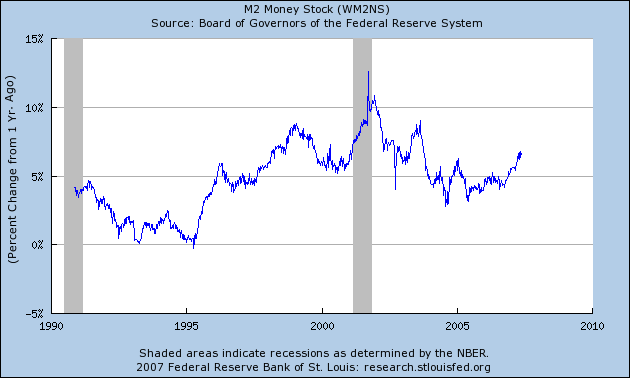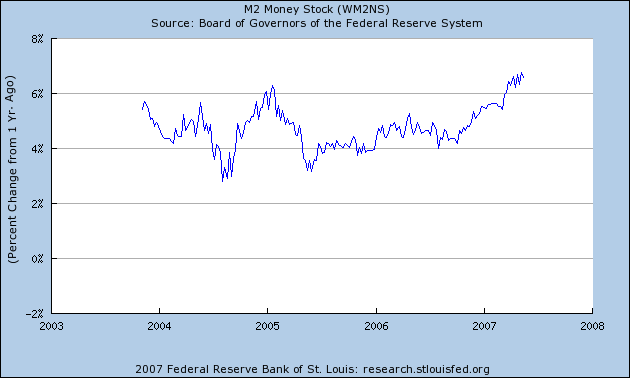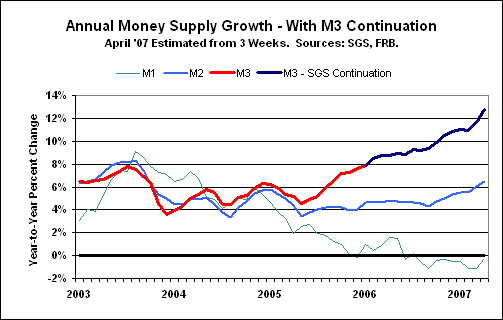Countries like China and Russia think they have sufficient reserves to meet potential runs on their currencies, and have created sovereign wealth funds in a bid to earn higher returns. Increasingly, these and other nations, including the oil-rich United Arab Emirates and Norway, are expected to funnel new money into wealth funds rather than government securities. Jen estimates sovereign wealth funds could match the size of official government reserves by 2
.....
Russia, which was nearly bankrupt a decade ago, is planning to put a chunk of its $357 billion of official reserves into a Future Generations Fund that will invest beyond government securities. That fund could be staked with about $30 billion. South Korea has formed the Korea Investment Corp. with $20 billion, and Australia has launched a $40 billion Australian Future Fund.
There are several reasons for the rapid growth of sovereign wealth funds. High oil prices are filling the coffers of countries like Russia, the Emirates, Saudi Arabia and Norway. Elsewhere, China's enormous trade surplus is producing rapid growth in its dollar reserves as the country seeks to hold down the value of the Chinese currency by purchasing dollars from Chinese exporters.
Here is a chart from the article that shows where some of these funds are:

There are several points that come to mind.
1.) Governments are assuming they have sufficient reserves to deal with a currency run. I'm not saying I know they don't. But because governments are looking at increasing wealth through investments, it's possible they are cutting corners to get these investments going.
2.) There's an amusingly socialist/communist angle to this situation. Governments are using capitalist financing to acquire business. So long as the governments remain on the sidelines I don't see any problems. However, if governments start to direct internal business decisions, we'll have the possibility of government run business.
3.) There's a ton of liquidity right now -- I mean a literal flood of currency.
Here's a chart of M2 from the St. Louis Federal Reserve:

Notice that starting in about 1995, the year-over year change in M2 was about 5%. Notice how there was a flood of liquidity during the recession. Also notice the recent increase in the year-over-year figures that corresponds to the latest stock market rally. Here's a chart of the last few years of growth to give you a better idea.

Here is a chart of M3 from the website Shadow Stats. I can't vouch for their methodology, but I present this graph because it's the only source I know of for M3 right now.

So, let's sum up.
1.) Governments are taking some of their excess currency reserves and building investment pools.
2.) Actual money growth is helping to create these pools.
3.) M3 growth -- if the Stadowstats numbers are accurate -- is really helping to build these funds.
This leads to the following questions.
1.) Is the Federal Reserve increasing money supply with the intention of spreading US dollars around the world?
2.) Is the Federal Reserve trying to quietly build these government investment pools with the intention these pools buoy US asset prices? This is especially important as the US economy has become more and more dependent on asset values.
3.) At a time when the Federal Reserve is concerned about inflation, why are they increasing money supply?